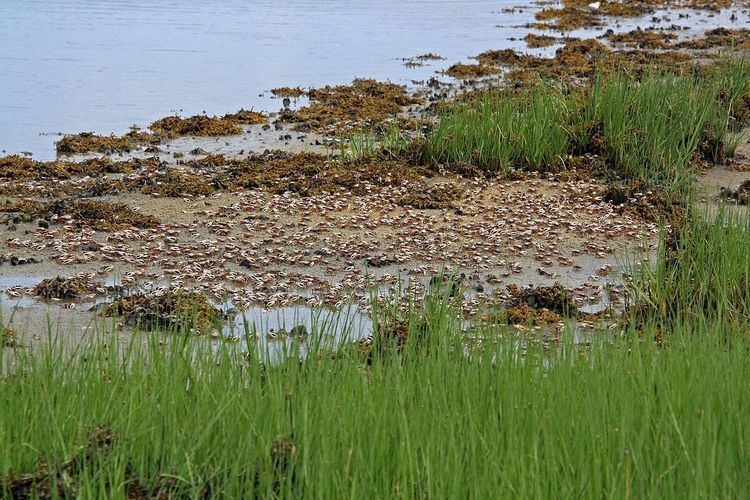Phone +1 631-725-7598 | Area 76 ha Established 1954 | |
 | ||
Governing body U.S. Fish and Wildlife Service Address 2595 Noyac Rd, Sag Harbor, NY 11963, USA Similar Seatuck National Wildlife R, Wertheim National Wildlife R, Sayville National Wildlife R, Conscience Point National, Target Rock National | ||
Enviro on the go elizabeth a morton national wildlife refuge
The Elizabeth A. Morton National Wildlife Refuge is a 187-acre (76 ha) National Wildlife Refuge in Noyack, New York. Much of the refuge is situated on a peninsula surrounded by Noyack and Little Peconic bays. The refuge is managed by the United States Fish and Wildlife Service as part of the Long Island National Wildlife Refuge Complex.
The refuge was established December 27, 1954, through a donation by the Morton family. It encompasses diverse habitats including bay beach, a brackish pond, a freshwater pond, kettle holes, tidal flats, salt marsh, freshwater marsh, shrub, grasslands, maritime oak forest, and red cedar. The refuge's diversity is critical to Long Island wildlife.
The north/south orientation of the refuge's peninsula creates important habitat for shorebirds, raptors and songbirds as they navigate the coastline during migration. Habitats along the beach attract nesting piping plovers, roseate terns, least terns, common terns, and shorebirds. The waters surrounding the refuge are considered critical habitat for juvenile Kemp's ridley sea turtles and are occasionally used by loggerhead sea turtles. Waterfowl use of the refuge peaks during the colder months. Long-tailed ducks, white-winged scoter, goldeneye and black ducks will most likely be spotted during winter.
